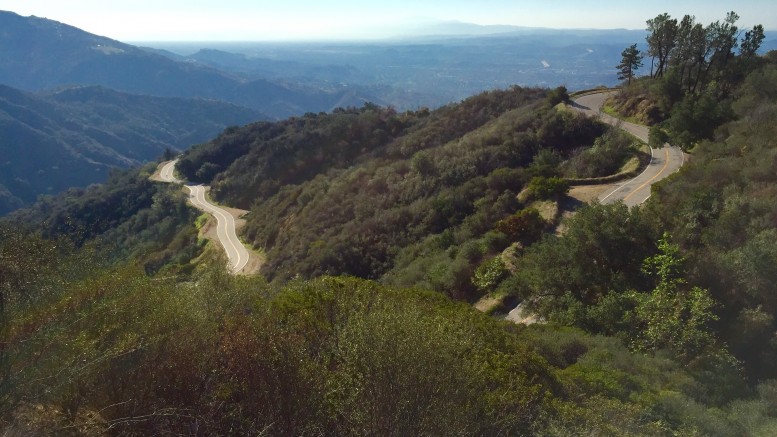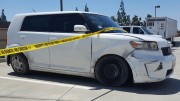It might be difficult to notice the changes being implemented in the year since President Barack Obama, with the stroke of a pen, transformed the federal lands above Glendora into a national monument.
October 10 marked the one-year anniversary of the day when Obama sat in Frank G. Bonelli Regional Park in San Dimas with the parched wilderness to his back and transformed 346,177 acres of land into the San Gabriel Mountains National Monument; a day filled with joy and hope for some, with others feeling anxious and confused.
Local politicians tout the Monument’s success, although it may not be that apparent at first glance.
“These mountains, forests and streams provide 70 percent of the open space for Angelenos and attract more than 3 million visitors a year, but lacked the resources necessary to keep the area safe, clean, and accessible for all. The monument designation has changed all of that,” said Congresswoman Judy Chu (CA-27). “Now, the San Gabriels are a federal priority, already attracting millions of dollars in federal appropriations and private donations.”
In the past year, the U.S. Forest Service has reportedly hired or filled 11 positions in order to increase visitor opportunities and to decrease environmental damage, which likely includes a partnership coordinator, volunteer coordinator, visitor information specialists and a full-time trash truck driver, Forest Service officials said.
A Field Ranger Program was also implemented to increase visitor contacts on trails and roads, restore trail bridges and more.
The San Gabriel Mountains National Monument Fund surpassed its $3 million goal by collecting $3.71 million in funds to aid the Forest Service in enhancing the recreational experience and restoring habitat, according to the National Forest Foundation in a September message on its website.
Yet, the foundation acknowledges much more money is needed.
North of Azusa, the San Gabriel River and nearby wilderness is sometimes referred to as “diaper alley” with its abundant trash and graffiti.
Supporters have apparently shown frustration in a lack of financial resources available.
In a Los Angeles Times article from August, Monument Superintendent Jeffrey Vail touted securing $3 million in federal funding and urged those frustrated with to exercise patience during this first year, that the formation of the Land Management Plan will take time.
Three years is the target goal to be exact.
The Angeles National Forest is currently forming the Land Management Plan, a requirement of the President’s proclamation. The plan will not create a new unit of oversight and governance for the monument, but would rather act as an amendment to the existing ANF Land Management Plan created in 2005.
The San Gabriel Mountains Forever group sent a letter to Vail in August of this year explaining that the monument plan should be developed with “a detailed vision and full set of stand‐alone goals for the Monument … substantially different from management direction supplied in the 2005 Forest Plan,” regardless if it is developed as an amendment to the original plan.
Some question the need for the national monument designation if the drafting of a land plan would only serve as an amendment.
A group of 45 individuals were chosen to be part of a Community Collaborative, a work group tasked with representing the general public by prioritizing and improving public safety, the watershed, visitor services and more, during the formation of the management plan.
Glendora Council member Judy Nelson is a member of the collaborative and, like many others, wants to protect the watershed that serves the millions of residents in the San Gabriel Valley.
“Our city and the National Forest Foundation Collaborative did comment on … the desire of all of us to protect the water flow and anything that needs to be done to protect the water flow to the people that are using it,” Nelson told GCN.
“The President’s proclamation does talk about protecting water rights, so I believe that will be done. But it also talks abut protecting endangered species that live in the water, so that could be problematic,” Nelson said.
Last year before the monument was signed by Obama, Nelson was very much opposed to the process under the Antiquities Act, done without public consideration or input. Now as part of the Collaborative workgroup tasked with disseminating public input, Nelson wants the Monument to succeed.
“I certainly do want it to succeed since it’s here. But the problem is, as I see it, there really is no money. This National Monument has gotten funding, but it’s coming in from other national monuments,” Nelson said. “There’s no extra funding for it.”
Today at 9 a.m., area stakeholders and community members will celebrate the one-year anniversary with a celebratory call to action and work restoration project in the Oaks Picnic Area along East Fork Road, near Glendora Mountain Road above Glendora.






